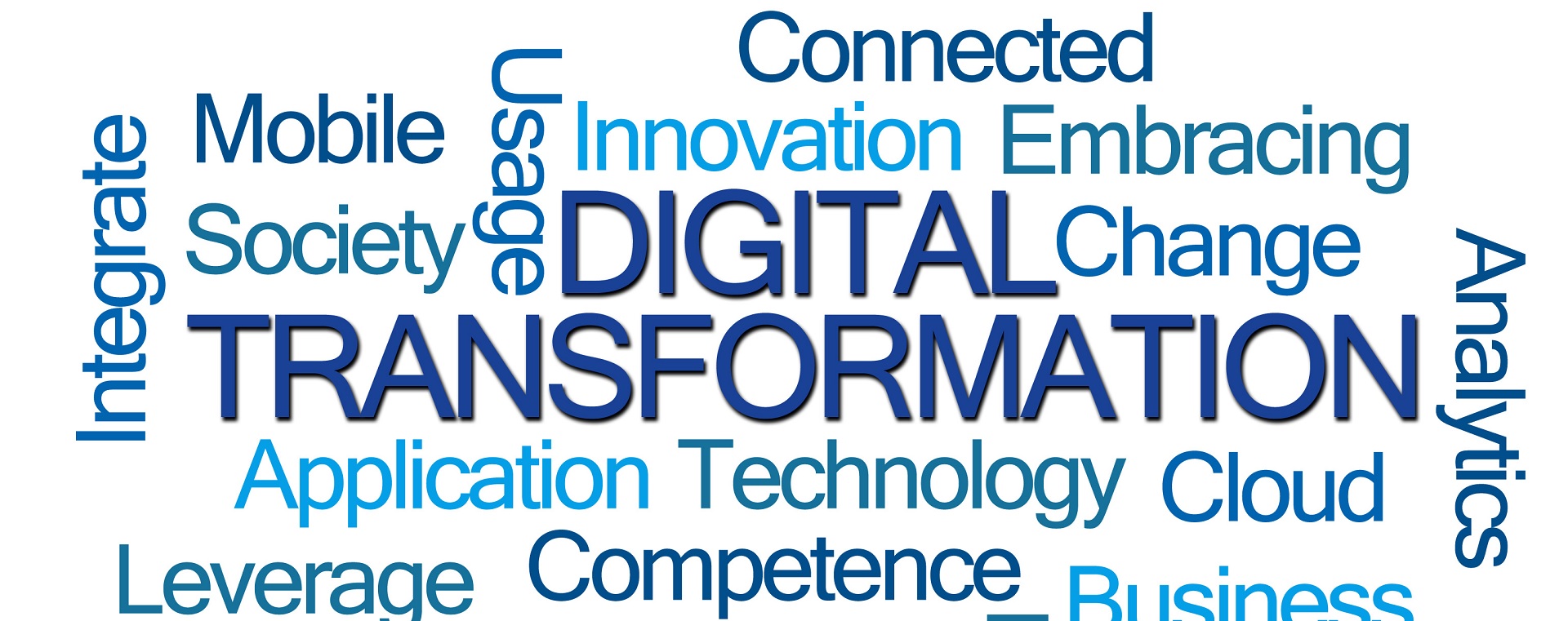I was reading through this article published in HBR titled Customer experience in the age of AI authored by David Edelman and Mark Abraham.
It had more than one takeaway for me, which I am trying to list down here.
I was intrigued by the term “Intelligent Experience Engine”. Cutting-edge companies build what can be called intelligent experience engines to assemble high-quality customer experiences using Artificial Intelligence powered by customer data. The brands that have had the most success in building intelligent experience Engines have shown craft in:
- Connecting data signals and insights from a constantly expanding range of sources.
- Reimagining the end-to-end experience as a seamless flow, powered by automated decisions.
- Activating the experience across channels, connecting touchpoints to engage customers wherever they may be.
- Fulfilling according to the customer’s context, always recognizing who and where someone is. And,
- Testing relentlessly, injecting new innovations, rigorously measuring their impact, and understanding how things affect people differently.
Another takeaway for me was “70/20/10 rule”. In the most successful digital transformations of the past decade, It has been observed that: Seventy percent of the effort is dedicated to changing an organization – its processes, ways of working, key performance indicators, and incentives (which primarily involve people). This emerges from the fact that most companies are traditionally set up to be product-first, not customer-first, making it impossible for the dozen or so teams that cover channel, market, and product silos to collaborate.
Twenty percent entails getting the data right. As analytics is not infused throughout the traditional business setups.
The remaining 10% is about the technology foundation.
The article also suggested an “intuitive way forward for companies” that lack the bandwidth, resources, or technical prowess to compete with digital leaders. The best approach for such challenger brands is to develop a data and tech road map with granular requirements tied to specific, customer-driven use cases. For example, the company will need to figure out which customer data elements must be used in real-time to power recommendations in the app, or it must determine which systems must talk to each other after a booking is made to suggest relevant add-on services. To get started, these companies should launch self-governing pods of workers from marketing, operations, analytics, technology, and commercial functions and invest them with clear goals, budgets, and decision rights. These integrated groups should be tasked with developing a limited number of specific experiences that represent breakthrough opportunities to drive revenue and build deeper customer bonds. Constantly experimenting and learning through the way.
Please let me know if any of these resonate with your experiences of digital transformation within your industry as well.


You must be logged in to post a comment.